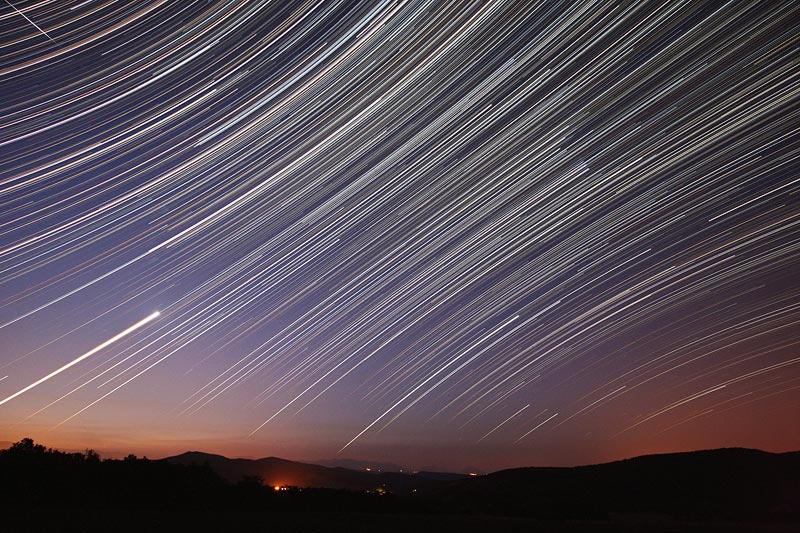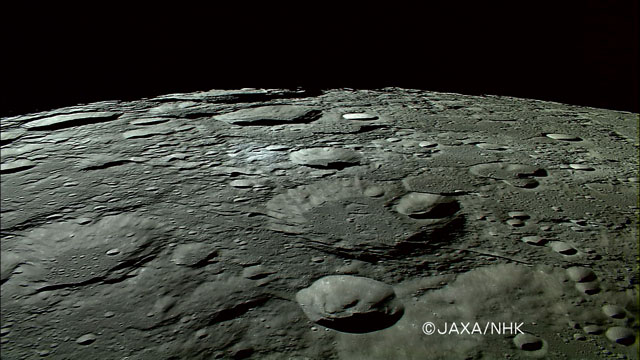
An article in today’s Science Times describes the artwork of Anne Adams, who suffered from frontotemporal dementia (FTD), which effectively rewires the brain in a way that can produce compulsive behaviors ranging from shoplifting to increased creativity. Adams, as you may guess, exhibited signs of the latter, increasing her output (and some might say her innovativeness) as an artist.
Some of her drawings and paintings appear on a web page from the UCSF Medical Center (“UCSF” refers to the University of California, San Francisco, BTW, so this is a shout out to my new homies) as part of the Patient Art Gallery of their Memory and Aging Center. The title of the above image is “Migrane,” which got me to thinking…
While it might be a little overblown to equate Adams’s drawings with a totally different condition, I nonetheless immediately thought of the effects of Charles Bonnet syndrome, when a person’s increasing blindness can occasionally result in vivid hallucinations—resulting from brain stimuli “bleeding over” into the visual cortex, if I can be forgiven for such a slapdash description.
I first read about Charles Bonnet syndrome in V S Ramachandran’s brilliant Phantoms in the Brain, which has much to recommend it if you’re at all interested in brain physiology—hateful as it is to think of one’s grey matter as, well, matter. As I recall, Ramachandran suggests that some of James Thurber’s later drawings may have been partly inspired by the hallucinations he experienced. Of course, I read the book about nine years ago (and it currently sits, unpacked and unavailable for review, in a box until I get my new office), so my recollection may have suffered.
The folks at Damn Interesting had a damn interesting entry about the syndrome earlier this year.
At any rate, I often like to talk about the subjectivity of science visualization, but these examples take subjectivity to the ultimate level: the completely subjective experience of an individual’s brain state.
(Oh, and happy birthday, Mom!)











